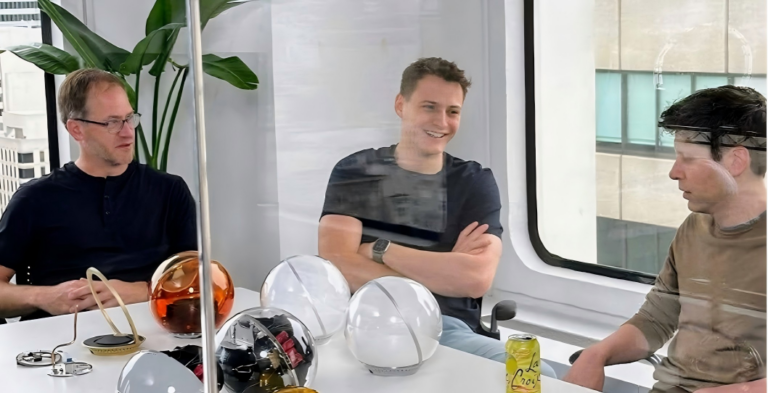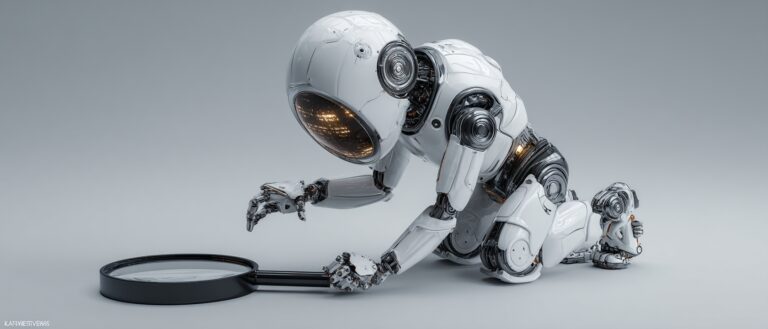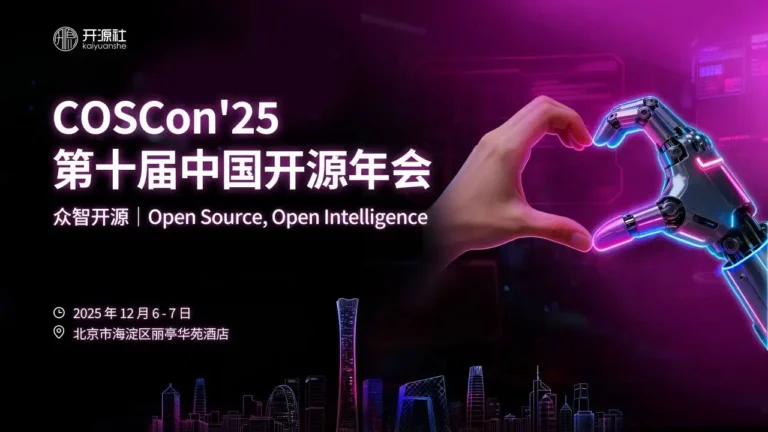Command Palette
Search for a command to run...
Science and Art Flourish Together: China's First Robot Band Was Born in Tsinghua University

From the initial simple service robots to the more complex industrial robots, robots are now appearing in the art world. Robots can accomplish more and more things and have more and more application scenarios.
Today, a band became popular. The three musicians who make up the band are all robots.
On April 27, 2019, on the occasion of Tsinghua University's 108th anniversary, a uniqueRobot Band, a musical stage play "Mojia Huanyin" combining modern and classical elements was staged at the Academy of Fine Arts of Tsinghua University.

The protagonists of this performance are three robot musicians with different characteristics. They are the bamboo flute robot "Yuheng", the konghou robot "Yaoguang" and the drum robot "Kaiyang", whose names come from the three stars in the Big Dipper.
The first domestic
The "Mojia" robot band composed of these three robot musicians isThe first robot performance group in China with Chinese cultural characteristics.
The instruments played by the three robot musicians are traditional Chinese instruments with a long history - bamboo flute, konghou and drum.Winding, plucking, and strikingThree completely different playing techniques. All the music played by the robot is original music, and is tailored for the band by the composer based on the characteristics of the robot's performance.



Robot art is a new art form that has gradually emerged abroad in recent years. Different from industrial robots and service robots, robot art focuses more on exploring the relationship between robots and humans, society and culture.
China's robot art is still in its infancy. The robot stage play "Mojia Huanyin" combines technology and cultural elements such as robot performance, Chinese folk instrumental music, and multimedia stage drama for the first time. It is a new attempt at robot art with Chinese characteristics.

Behind the birth of the band
The Mojia robot musicians on the stage are elegant and graceful. The main creative team of this band is mostly from the Department of Information Art Design and the Department of Sculpture of the Academy of Fine Arts of Tsinghua University.
The team hasExperts in the field of robot control and interaction, sculptors, new media artists, musicians, etc.It is an innovative team spanning multiple disciplines.
Let's take a look at the creative team lineup:
Mi Haipeng
Chief person in charge, project chief scientist, associate professor of the Academy of Fine Arts, Tsinghua University, and scholar in the field of robot interaction. Graduated from Tsinghua University and the University of Tokyo, with degrees in physics and electronic engineering, he has extensive experience in interdisciplinary research in the fields of design and engineering. He participated in the research and development of the world's first robot rock band in Japan in 2013.
Hu Tianjian
Expert in the field of robot control. Graduated from Tsinghua University and won the Tsinghua University Special Scholarship.
Zhang Shenghua
The person in charge of robot modeling and structure, a doctoral student in the Sculpture Department of the Academy of Fine Arts of Tsinghua University, a young sculptor, specializes in wooden sculpture and dynamic sculpture. He is a pioneer in combining robot modeling design with sculpture art in China.
Hu Xiaoyang
Head of music creation, young composer and producer. Graduated from China Conservatory of Music. Created a series of original music tailored for robots.
Li Jiayin
Executive director, interdisciplinary master student of information art design at the Academy of Fine Arts, Tsinghua University.
In just half a year, the creative team completed the artistic creation and technical research and development of a beautiful robot stage musical from a blank sheet of paper. They have made breakthroughs in artificial intelligence, robotics, music technology, and plastic arts.
"Robots have many possibilities and can accomplish many things that were previously unimaginable for us," said Mi Haipeng, associate professor at the Academy of Fine Arts, Tsinghua University and the project's chief leader.
Talking about the biggest difficulty in this project, Mi Haipeng said thatGive the robot's performance a human touch.Take playing the flute for example. It requires the coordination of the mouth, tongue, and breath, and involves many sound techniques, which is difficult for robots.
To this end, the team did a lot of debugging on the musician "Yuheng". Every time the flute membrane was replaced, it would be recalibrated to adjust the airflow required for each pitch.

In addition, in order to achieve a beautiful shape, the team invited a sculptor to design the robot. As the robot has multiple motors and wires, the team had to ensure that all aspects of the robot's appearance, structure, wiring, and operation were coordinated, and the process was truly complicated.
With culture and emotion, technology is no longer cold
Kevin Kelly wrote in What Technology Wants: “[Technology] no longer seems so cold. We are beginning to see through the material disguise of technology and see it as a behavior first. Although it has a shell, its core is soft.”
The birth of the Mojia Robot Band is a positive attempt to bring technology and humanity closer together. It is also a beneficial exploration of conveying Chinese traditional culture through technology and demonstrating "cultural confidence".
In this era, robots can already draw, sculpt, and compose music, and now they have the new skill of playing musical instruments. Will the art world be filled with robots in the future?







